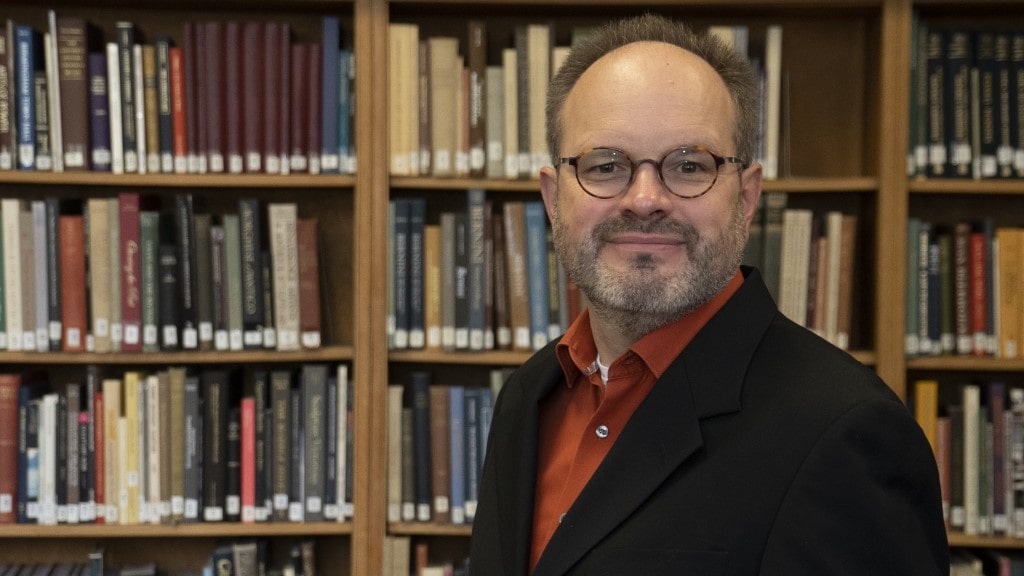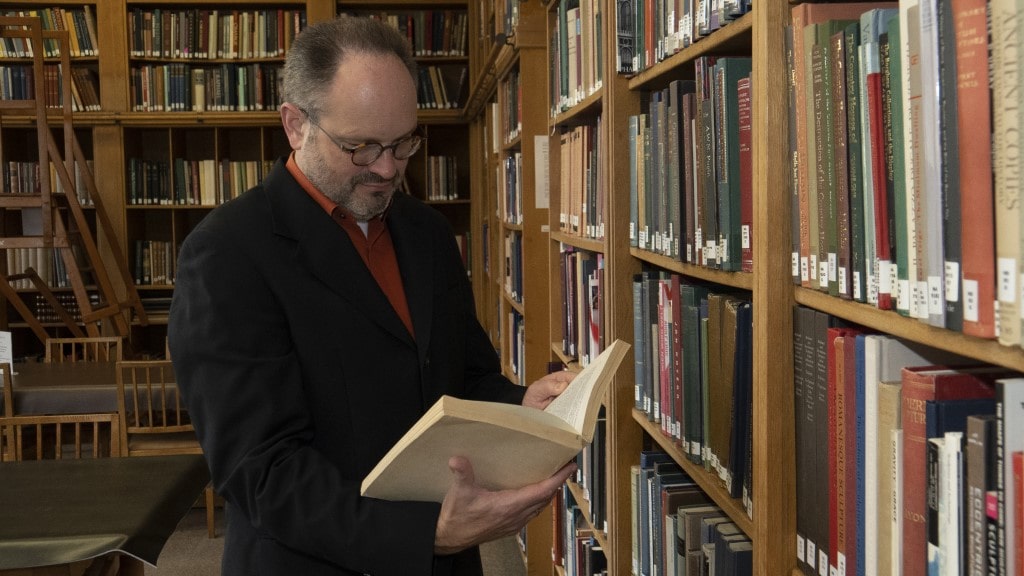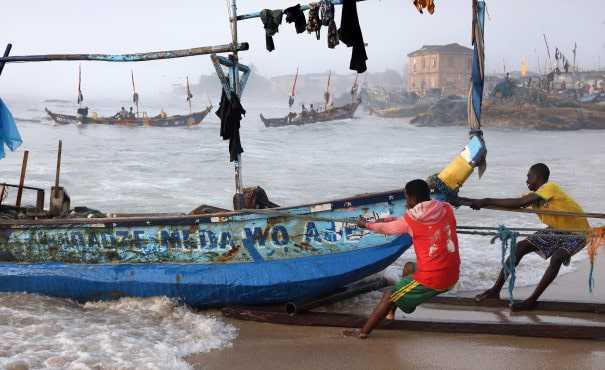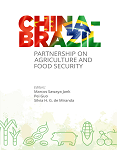O presidente Lula, sempre tão preocupado com a fome no mundo, em especial a segurança alimentar dos povos africanos, poderia pedir a seus assessores diplomáticos uma informação sobre as ações criminosas de Putin no Mar Negro e suas consequências sobre o mercado de alimentos no mundo inteiro. Aqui estão alguns dados:
Russia's Actions: Potential Impacts on Global Food Security, Ukraine, and Western Relations.
Center for Defense Studies, July 20, 2023
Russia is poised to starve millions of people in the developing world as it pursues the destruction of Ukraine and undermine the West. Russia pulled out from the Black Sea Grain Initiative (BSGI), threatened to target any cargo ships bonded to or from the Ukrainian ports, mined the sea routes, and stepped up targeting grain and other Ukraine's port and commodity-related infrastructure.
If Russia had succeeded in invading Ukraine, it would have the potential to emerge as a significant agricultural superpower, thereby gaining additional leverage to pursue its geopolitical goals. With 17% of world wheat exports in 2021 (33 million tons), Russia ranked first, surpassing the E.U. (16% or 31 million tons). Along with Ukraine (ranked 5th with 10% of exports or 19 million tons), it could have amassed a 27% share of global wheat exports — equivalent to the combined export share of the E.U. and the U.S. On top of that, before the all-out Russian invasion, Ukraine ranked first in exports of sunflower oil and millet; third in corn, barley and rapeseed; fifth in walnut and honey; and sixth in the export of soy.
Unable to achieve its initial neo-colonial objectives, Russia resorted to dismantling the Ukrainian economy and infrastructure. This strategy aimed to weaken the Ukraine’s ability to resist the invasion immediately and hinder its capacity to recover, rebuild, and allocate resources for defense and security in the long run.
Agriculture accounted for 10% of Ukraine's GDP in 2021 and was severely affected by Russia's illegal occupation and combat in Ukraine's Eastern and Southern oblasts, which are crucial agricultural regions. Russian forces intentionally targeted agricultural infrastructure, looting equipment and machinery, and "exporting" stolen grain and other products to foreign markets.
Ukraine is now among the most heavily mined countries globally, with up to a third of its territory contaminated by mines and unexploded ordnance. The estimated time required for demining the territory, including crop fields, varies from thirty to sixty years. Russia's destruction of the Kakhovka dam also caused the irrigation system's collapse on which key regions depended (Kherson - 94%, Zaporizhzhia - 74%, and Dnipropetrovsk - 30%).
After another instance of withdrawing from the grain deal, Russia has escalated its attacks on Ukrainian ports and agriculture-related infrastructure for several consecutive days. These actions constitute war crimes and will have lasting damaging implications for Ukraine's economy and worsen global food security for years to come.
The Black Sea Grain Initiative (BSGI) comprises two distinct agreements: one between Turkey, Ukraine, and the U.N. for exporting food from Ukraine and Turkey, and another between Russia, Turkey, and the U.N. for exporting food and fertilizers.
Russia has consistently disregarded the agreements it entered from the start of it. Just barely 12 hours after signing a deal on July 22, 2022, Moscow initiated a missile barrage against Odesa, targeting Ukraine's main port and infrastructure. It had frequently threatened to withdraw from the deal or decline its extension routinely. Moreover, it deliberately misused the monitoring mechanism to create shipment hurdles and disrupt their flow.
In October 2022, the Kremlin declared the suspension of its participation in the deal. However, it had to eventually rejoin the agreement due to the continued determination of Ukraine, Turkey, and the U.N. to proceed with the outflow of food under the terms of the deal.
The BSGI allowed Ukraine to export some 30 million tons of its food to foreign markets through the Black Sea, while enhancing alternative transportation routes. The railway is capable of exporting more than a million tons monthly, road transport could handle more than 600 thousand tons, and the Danube River ports might handle over two million tons, potentially reaching up to three million tons. However, alternative export routes can't substitute the sea trade for many reasons, including increased costs, logistical difficulties, the necessity for big-ticket and long-time infrastructure investments, etc.
While its sea trade remains unimpeded, Russia has managed to claim control over the North-West part of the Black Sea, even though it did not succeed in occupying it, and faced no repercussions for doing so under the Law of the Sea. Instead of making Russia obey the Law of the Sea, ensuring freedom of navigation, the international community talks about prolonging the BSGI.
The U.N. State of Food Security and Nutrition in the World 2023 Report highlights that one in ten people worldwide faces hunger, and a staggering 3.1 billion individuals cannot afford a nutritious diet. Due to Russia's aggression against Ukraine, an alarming 23 million people have been pushed into hunger. The Russian authorities have been utilizing these vulnerable populations as leverage against the West. The Kremlin has been widely disseminating narratives in the Global South, attributing the surge in food prices and food scarcity to the Western sanctions imposed on Russia.
In June, a delegation of African leaders led by South African President Cyril Ramaphosa visited Kyiv and Moscow, advocating for their peace initiative, which involved facilitating food exports. Prior to that, in May, Senegalese President Macky Sall, acting as the African Union chief, visited Moscow and Paris (bypassing Kyiv), urging the West to lift sanctions against Russia. It's worth noting that there are currently no sanctions on Russian food and fertilizer exports, and these exports have been particularly lucrative, bringing Russia a 70% increase in revenue due to the surge in prices. Furthermore, U.N. Secretary-General Antonio Guterres recently emphasized that "Russian grain trade has reached high export volumes."
Russia has strategically utilized the BSGI to undermine the Western sanctions directly or, in the event of failure, to shift the blame for the food crisis onto the West. The Kremlin's objective is to create a looming food crisis that could trigger waves of refugees, destabilizing social and political situations in European countries. The Russian hope is that this instability would pave the way for pro-Russian political forces to displace the current ones, consequently weakening support for Ukraine and disrupting Trans-Atlantic unity concerning Russia.
Ukraine has been proactively seeking a solution to restore its freedom of navigation and ensure a stable food supply to countries in need. Kyiv has urged its partners to create a naval demining coalition, either as a standalone initiative or as a first step towards enabling protected cargo convoys under the escort of a joint naval force. This coalition may involve assets from littoral states and, hopefully, from nations beyond the Black Sea region. In either scenario, the pivotal role of Turkey is crucial, as it possesses the largest Navy in the Black Sea.
Since the beginning of the all-out Russian invasion of Ukraine, Turkey has invoked the Montreux Convention of 1936 provisions, which restricts Russia and non-Black Sea nations from deploying naval assets to the Black Sea. Ankara is hesitant to proceed with shipments via cargo vessels under its flag, as it fears potential attacks as Turkey is a significant military power and a NATO member.
The unique dynamics in the relationship between Vladimir Putin and Recep Tayyip Erdoğan could act as a buffer against further escalation. In 2015, Turkey downed a Russian jet that had violated its airspace, leading to a tense moment in bilateral relations. However, it did not escalate into a full-blown military response from Moscow.
An alternative approach that appears more feasible is chartering sea lines of communications from Ukrainian ports toward the Straits within the territorial waters of the littoral states (Romania, Bulgaria, and Turkey). However, this approach would require these nations to confront the risks of a direct attack, regardless of how insignificant it may be, and find solutions to the mine issue in the region.
In addition, legal actions under international law and Ukraine's domestic laws are crucial to hold Russia accountable for its actions. Ukraine's current military capabilities are insufficient to deter the Kremlin from transforming the Northern part of the Black Sea into a "Russian lake." The deployment of anti-ship missiles and modern Western fighter jets could play a significant role in restraining Moscow's actions in the region.
As Russia continues to cause increasing damage to Ukraine, it has effectively deterred the West from taking more assertive actions against its exports. Notably, the Russian ports on the Sea of Azov and the Black Sea have remained sanctions-free. In fact, Russia has even escalated its exports of oil and oil products from the Black Sea ports, including instances that breach the prohibition of direct shipments to Europe.
Before the E.U.'s 11th package of restrictive measures was announced, crude oil exports from Russia witnessed a significant surge, increasing by 14.55% in June alone. Among the 42 tankers transporting Russian oil from the Black Sea last month, 15 belonged to companies from E.U. countries, with 14 belonging to Greek shipowners and one to a Latvian company. Russia is gradually shifting its grain exports to Baltic Sea ports in response to capacity challenges.
To compel the Kremlin to reconsider its actions, it is imperative to enforce existing sanctions and target Russian ports in the Black Sea, the Sea of Azov, and the Baltic Sea. Additionally, Ukraine and its allies must intensify efforts to engage with developing countries to counter Russia's propaganda.

 Professor Frank Uekötter
Professor Frank Uekötter




